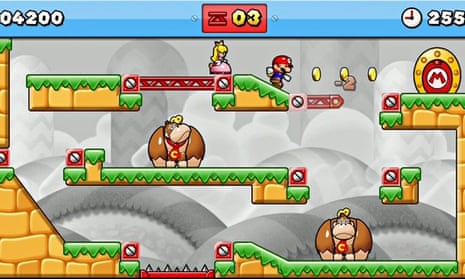Recently I rescued some data from an old laptop with a broken screen and a failing disk drive. It was a very emotional experience.
This isn’t physics data. These are megabytes of music not petabytes of particles. Actually they are the songs I downloaded when my son was very small, and I used to dance him to sleep in front of the big mirror in our living room. He would look over my shoulder at himself, and at me, with his big brown eyes, and I would see him doing that, and we would both become peaceful and ready for bed. The guaranteed “stop crying” song was “Follow me” by Uncle Kracker. It is a lovely song with a slightly suspect lyric, and was made more poignant for me because it was on heavy rotation on the Heathrow Express, so I would see it every time I left them to do physics somewhere else. He’s a lot older now, but his eyes still unfocus slightly when he hears that song. So do mine, I think.
The songs themselves are all available elsewhere of course, but that particularly personally-evocative playlist just survived a bit longer in the cloud of data-storage because of my copying it to a slightly newer laptop, and to my phone. I have an image of pieces of data hopping from a one physical platform to another, a bit like the proto-Mario character in the Donkey Kong arcade game. Platforms rise and sink, crushing or drowning the data unless it hops smartly on to the next one passing.
I’m lecturing at a school this week, on some computing techniques in particle physics. The preservation of computer code and electronic data is a concern we’re covering here too. Ironically, while checking email in a break, I discovered that some standard datasets that were generated in 2011 and allegedly stored have been “spring cleaned” from the disks at the two universities they were housed at. The data were generated by simulation programmes, so are in principle recoverable, but that would mean rescuing some obsolete code and is probably so much effort it won’t be done. And imagine if it had been real experimental data from a huge particle collider, randomised control trial, or telescope? The first two would be practically impossible to reproduce due to the expense. The telescope data would be lost forever, because the universe changes. You won’t see that supernova, or gamma-ray burst, again...
Vint Cerf calls it “bit rot”, and it should be a big worry for scientists, historians, and everyone who takes photographs. Even if the information exists in principle, on a DVD, floppy disk, tape, whatever, the hardware and software required to access it drop out of use and the data become just so much junk, to be “spring cleaned”.
I have lots of photographs. Those before 2002 I hardly ever look at, because they are safe in albums on a high shelf. I look at the others much more often because they are digital, I can browse them on my laptop or phone while travelling, or use them as a screensaver. But I worry that I can’t back them up securely enough. I suppose if the house burns down the digital ones will survive, whereas the hardcopies are safer against coronal mass ejections. Last week we came across some ancient pictures in a cupboard in the UCL High Energy Physics group. They cover the early 1990s, when UCL and Oxford were working together on building the ZEUS experiment. There’s a picture of me as an Oxford student at a Christmas dinner looking ridiculously young and quite floppy-haired, which gave me a bit of a shiver. The meal may have been at the Royal Oak, the pub nearest the Oxford Particle Physics department as was, though I’m not sure. Still, it reminded me of the first ever email I got from my supervisor: “Glad you made it to the Royal Oka” (sic). That mail was sent and received on DECNET and only readable via VMS on a VAX. It was in 1989, and I tried to save it, but it is gone forever. Apart from the fact that I just retyped it. Does that count?
Of course, it is appropriate to remember on Ed Balls day that some digital ephemera seem to live forever. And you can still play Donkey Kong, largely thanks to a dedicated community of people re-implementing old games and writing emulators for ancient hardware. But I do think Cerf has a point, that we should take long-term data persistence more seriously. And persistence of access, not just shoving a tape in the attic to gather dust. Will anyone in the future much care? I’d like to think so. Even if we continue to screw things up, hopefully there will be someone left to be interested in what went wrong.
Now to upload this to the Guardian website, where it will be safe forever.
Jon Butterworth has written a book about being involved in the discovery of the Higgs boson, Smashing Physics, available here, and in North America as “Most Wanted Particle”. Some interesting events where you might be able to hear him talk about it etc are listed here. Also, Twitter.
